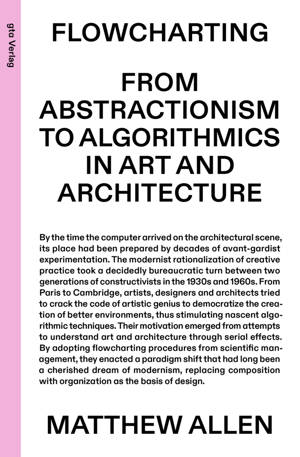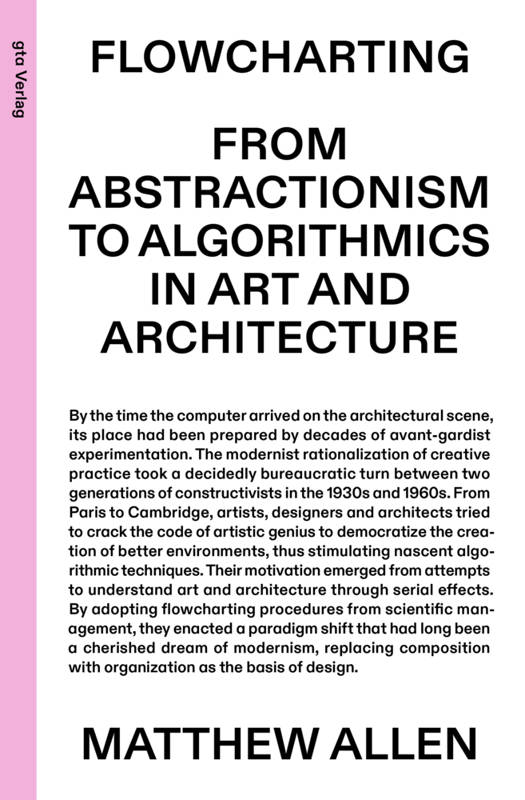
Je cadeautjes zeker op tijd in huis hebben voor de feestdagen? Kom langs in onze winkels en vind het perfecte geschenk!
- Afhalen na 1 uur in een winkel met voorraad
- Gratis thuislevering in België vanaf € 30
- Ruim aanbod met 7 miljoen producten
Je cadeautjes zeker op tijd in huis hebben voor de feestdagen? Kom langs in onze winkels en vind het perfecte geschenk!
- Afhalen na 1 uur in een winkel met voorraad
- Gratis thuislevering in België vanaf € 30
- Ruim aanbod met 7 miljoen producten
Zoeken
€ 19,95
+ 39 punten
Omschrijving
By the time the computer arrived on the architectural scene, its place had been prepared by decades of avant-gardist experimentation. The modernist program of rationalizing creative practice took a decidedly bureaucratic turn between two generations of constructivists in the 1930s and 1960s. From Paris to Cambridge, painters, poets, designers, and architects poured their energy into cracking the code of artistic genius in hopes of democratizing the creation of better environments, thus stimulating a nascent repertoire of algorithmic techniques. The motivation to use these new techniques emerged from attempts to understand art and architecture through serial effects. By reformulating their disciplines in terms of flowcharting procedures developed in the field of scientific management, artists and architects enacted a paradigm shift that had long been a cherished dream of modernism, replacing composition with organization as the basis of design.
Specificaties
Betrokkenen
- Auteur(s):
- Uitgeverij:
Inhoud
- Aantal bladzijden:
- 156
- Taal:
- Engels
- Reeks:
Eigenschappen
- Productcode (EAN):
- 9783856764456
- Verschijningsdatum:
- 5/07/2023
- Uitvoering:
- Paperback
- Afmetingen:
- 110 mm x 12 mm
- Gewicht:
- 167 g

Alleen bij Standaard Boekhandel
+ 39 punten op je klantenkaart van Standaard Boekhandel
Beoordelingen
We publiceren alleen reviews die voldoen aan de voorwaarden voor reviews. Bekijk onze voorwaarden voor reviews.









